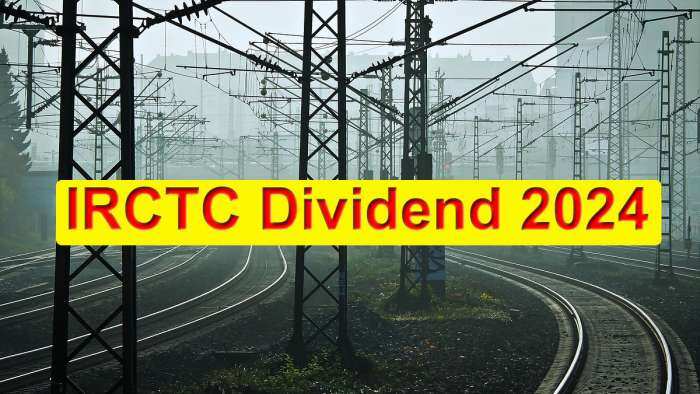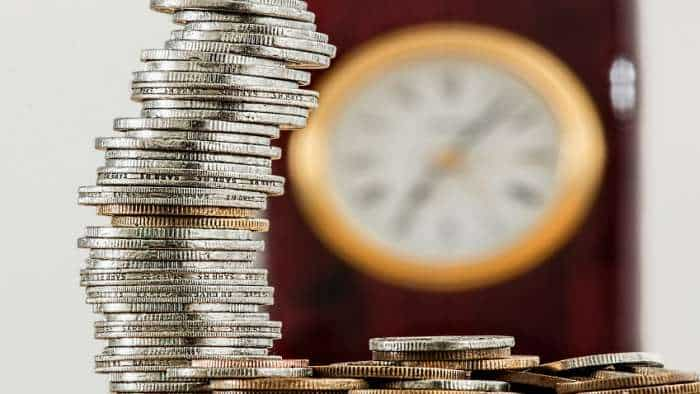Rural inflation continues to run higher than urban

The Consumer Price Index (CPI) which was revealed by Ministry of Statistics on Tuesday showed rural inflation to be much higher at 6.07% than urban inflation which was at 4.55% for the month of June.
Consumer Food Price Index (CFPI) numbers were also marginally higher in the rural areas (5.61%) as compared to urban areas (5.24%).
This bewildering trend has been noticed since September 2012, Pranjul Bhandari and Prithviraj Srinivas stated in an HSBC report dated October 2015.
Rural CPI inflation is around 1.6% higher than urban CPI and this gap has increased from 0.3 to 0.5% during the past two years, Satish Kumar, an analyst from Choice Broking told Zee Business.
“This can be attributed to poor supply side infrastructure in rural India including insufficient transport network due to inadequate road facility, lack of distribution channel and other structural bottlenecks,” Satish said in a comment.
Many commodities such as milk products, oils and fats and cereals are seen to be more expensive in rural areas.
The CPI revealed that fuel and light which are at 128.0 bps in rural areas are seen to be more expensive than urban areas – 115.5 bps.
Satish stated that rural India is less exposed to global commodities like fuel as the people generally use domestically produced firewood, chips and biogas inputs, which are not a part of the global deflation cycle.
On the other hand, fuel products used by urban India, such as LPG, petrol and diesel, have benefited from lower global prices.
The HSBC report also spoke on similar lines of rural India missing out on benefits of lower global prices with respect to food and fuel inflation.
CPI and CFPI are the changes measured in general level of prices of goods and services consumed by households, so does this imply improving standards of living in the rural areas?
The HSBC report stated that although core inflation is influenced by growth dynamics, it is not manipulated by growth rates alone.
Core inflation is actually determined by the output gap, i.e. the slack in the economy, calculated as the difference between actual and potential growth. So even if actual growth is low, but potential growth has also fallen around the same time, the output gap may not be so wide after all, and that could keep core prices from falling rapidly.
Higher investment in rural infrastructure and a good monsoon could help in bridging the inflation gap between rural and urban areas, HSBC report stated.
Get Latest Business News, Stock Market Updates and Videos; Check your tax outgo through Income Tax Calculator and save money through our Personal Finance coverage. Check Business Breaking News Live on Zee Business Twitter and Facebook. Subscribe on YouTube.
RECOMMENDED STORIES

Power of Compounding: How many years will it take to reach Rs 3 crore corpus if your monthly SIP is Rs 4,000, Rs 5,000, or Rs 6,000

IRCTC Dividend 2024: Railway PSU announces 200% interim dividend - Check record date and other details

Power of Compounding: Salary Rs 25,000 per month; is it possible to create over Rs 2.60 crore corpus; understand it through calculations

Reduce Home Loan EMI vs Reduce Tenure: Rs 75 lakh, 25-year loan; which option can save Rs 25 lakh and 64 months and how? Know here

Top 7 Large and Mid Cap Mutual Funds with Best SIP Returns in 5 Years: No. 1 fund has turned Rs 15,000 monthly SIP investment into Rs 20,54,384; know about others

New Year Pick by Anil Singhvi: This smallcap stock can offer up to 75% return in long term - Check targets

PSU Oil Stocks: Here's what brokerage suggests on these 2 largecap, 1 midcap scrips - Buy, Sell or Hold?
11:12 AM IST








 CPI inflation will moderate soon, no need to worry
CPI inflation will moderate soon, no need to worry IIP back in green, up 1.2% in May
IIP back in green, up 1.2% in May June CPI Inflation to marginally ease, says DBS
June CPI Inflation to marginally ease, says DBS  Retail inflation rises to 5.77% in June; pulses, vegetables to blame
Retail inflation rises to 5.77% in June; pulses, vegetables to blame Maharashtra's APMC traders call-off strike
Maharashtra's APMC traders call-off strike